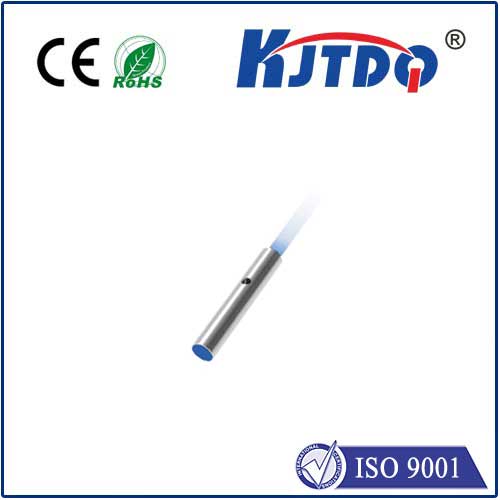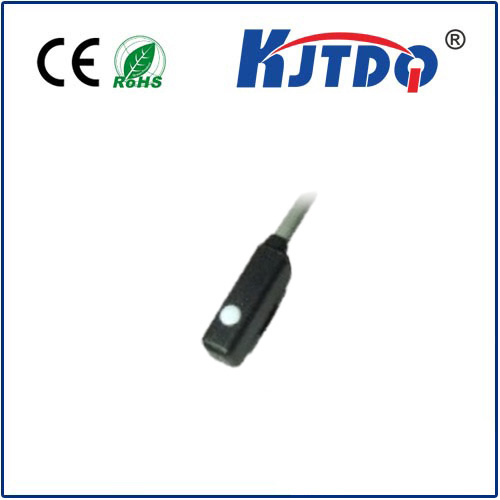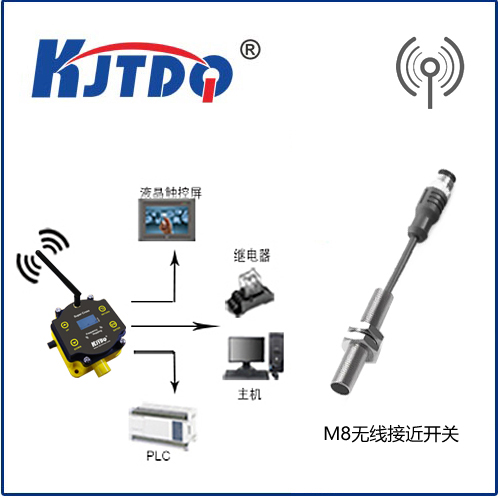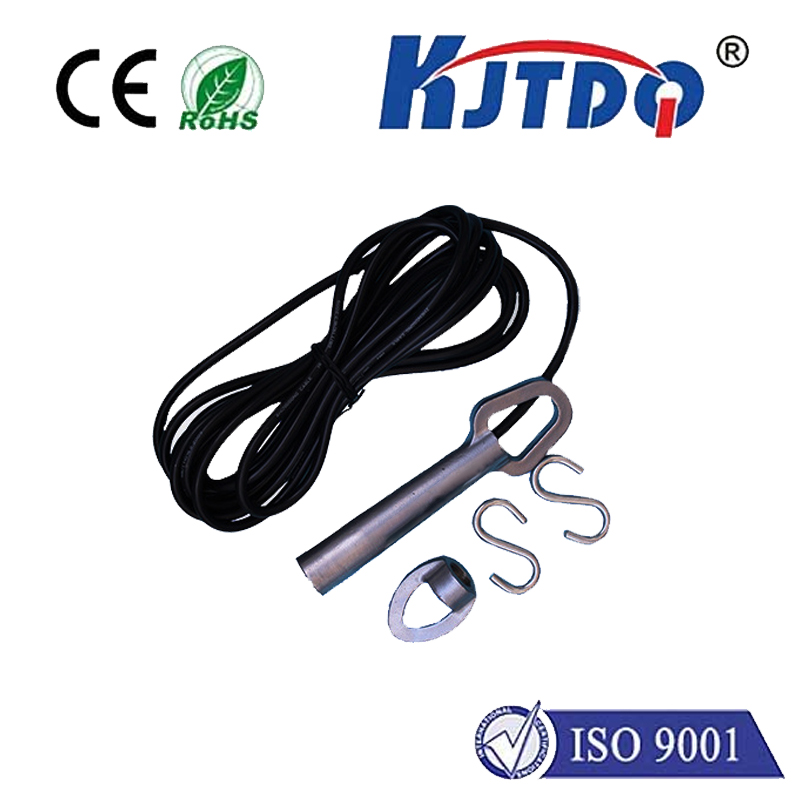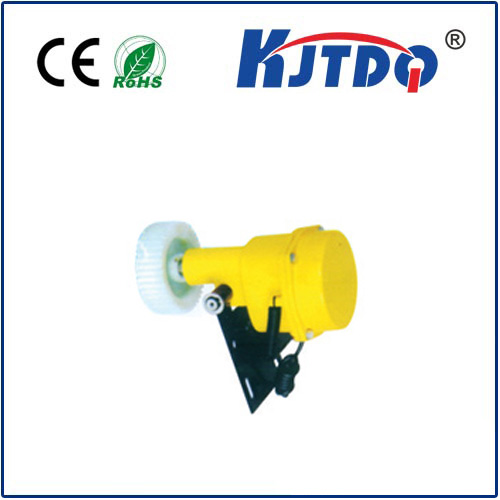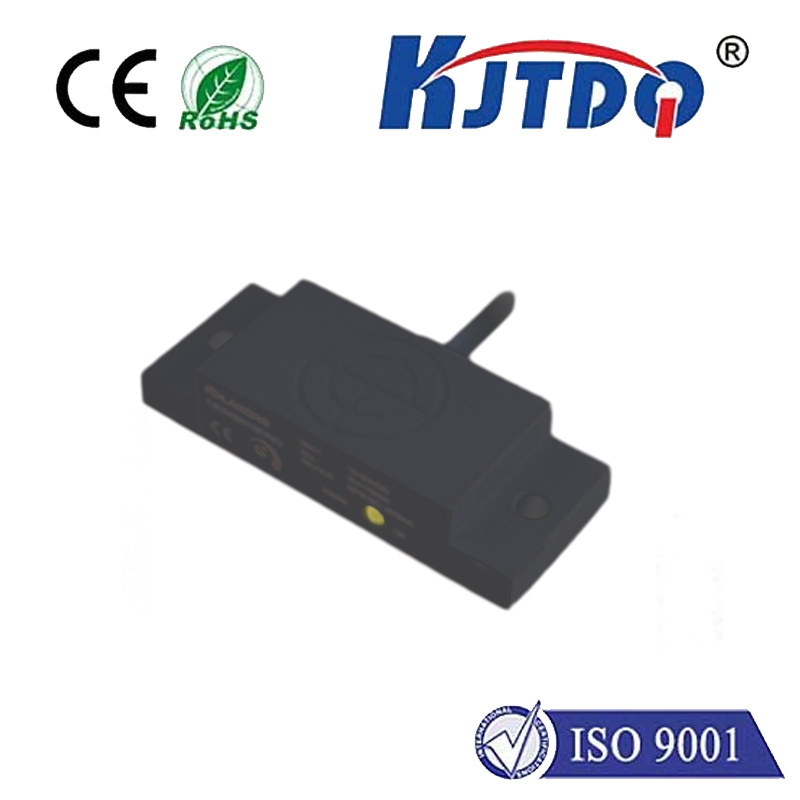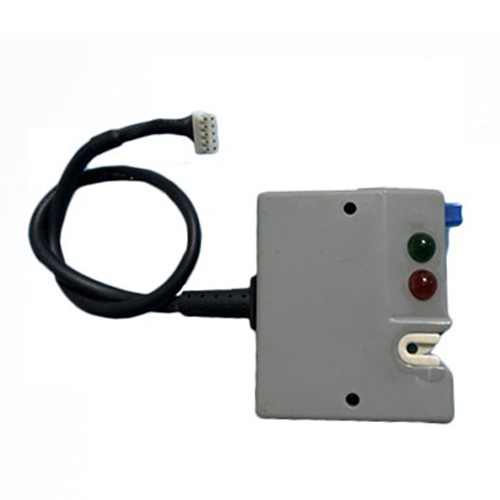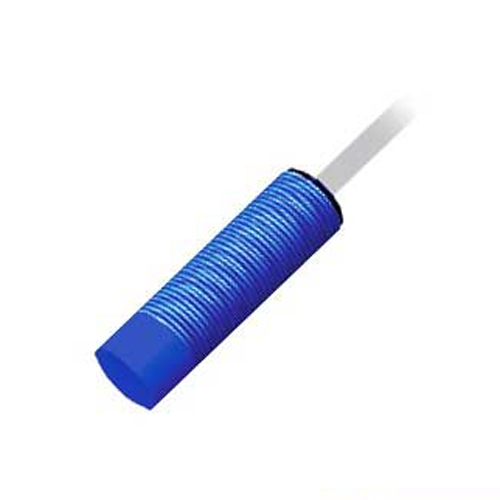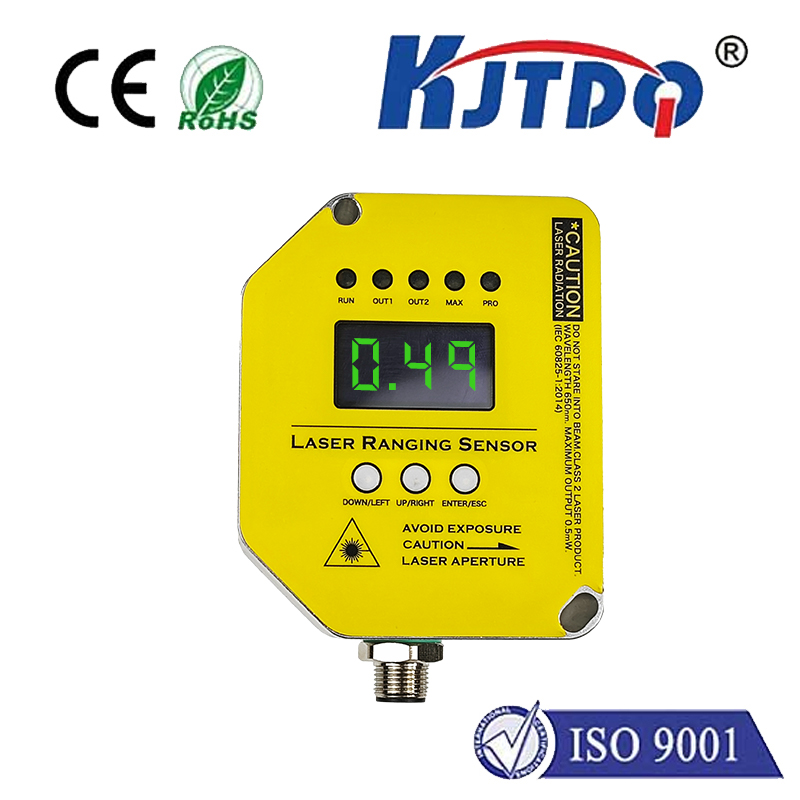hydraulic pressure sensor
- time:2025-08-19 09:01:30
- Нажмите:0
Hydraulic Pressure Sensors: The Heartbeat of Modern Machinery
Imagine the sudden, costly halt of a production line because a critical excavator arm fails mid-operation. Or an agricultural harvester struggling with inconsistent power, wasting precious fuel and time. Often, the unseen culprit behind such disruptive events is a failure to accurately monitor the lifeblood of these powerful systems: hydraulic pressure. This vital force drives immense power, but without precise measurement, it becomes uncontrollable, inefficient, and even dangerous. Hydraulic pressure sensors stand as the indispensable guardians, translating the silent force within hydraulic lines into actionable data, forming the very heartbeat monitoring system for countless machines that shape our world.
Understanding the Core: What is a Hydraulic Pressure Sensor?
At its essence, a hydraulic pressure sensor is an electro-mechanical device designed to measure the pressure of hydraulic fluid within a system and convert that physical force into an electrical signal. This signal, typically analog (like 4-20mA or 0-10V) or increasingly digital (like CAN bus, Modbus, I2C), can be read by controllers, displays, or data acquisition systems. The most common underlying technology utilizes a piezoresistive sensing element. Here’s a simplified breakdown of the principle:
- Pressure Application: Hydraulic fluid pressure acts upon a diaphragm or sensing element.
- Strain Generation: The applied pressure causes minute physical deformation (strain) in the piezoresistive material.
- Resistance Change: This strain alters the electrical resistance of the material in a predictable way.
- Signal Conversion: An integrated Wheatstone bridge circuit detects this resistance change.
- Electrical Output: The bridge output is conditioned (amplified, temperature compensated, linearized) to produce the final, standardized output signal proportional to the applied pressure.
Why Precision Matters: Key Functions and Critical Roles
Hydraulic pressure sensors are far more than simple gauges. They are sophisticated components enabling:

- System Control & Optimization: Providing the real-time feedback essential for closed-loop control systems. Think excavator arms moving smoothly to position, injection molding machines maintaining precise tonnage, or aircraft landing gear deploying reliably. The sensor ensures actuators respond correctly to command signals.
- Safety Assurance: Acting as critical sentinels against catastrophic failure. Sensors trigger alarms or initiate shutdowns if pressure exceeds safe limits (over-pressure) or drops too low (under-pressure), preventing component rupture, leaks, or loss of control. This is paramount in heavy machinery, presses, and braking systems.
- Operational Efficiency: Enabling performance tuning and energy savings. By monitoring pressure accurately, systems can be adjusted to operate at their peak efficiency points, reducing fuel or electricity consumption and minimizing unnecessary pump strain. Proactive maintenance based on pressure trends also prevents costly downtime.
- Diagnostics & Health Monitoring: Fluctuations or deviations from expected pressure profiles are often the first indicators of developing problems – a failing pump, a sticking valve, internal leakage, or clogged filters. Sensors provide the data needed for predictive maintenance strategies.
Crucial Attributes: What Defines a High-Performance Sensor?
Choosing the right sensor demands careful consideration of its specifications to match the demanding hydraulic environment:
- Pressure Range: Critical: The sensor must comfortably cover the system’s maximum operating pressure (including potential spikes) and the minimum pressure requiring monitoring. Over-ranging can damage the sensor.
- Accuracy: Expressed as a percentage of Full Scale (% FS), this defines how close the sensor’s reading is to the true pressure. High accuracy is essential for precision control and diagnostics.
- Long-Term Stability (Drift): How much the sensor’s calibration changes over time under normal operating conditions. Lower drift means less need for frequent recalibration and more reliable long-term data.
- Прочная структура: Essential: Sensors must withstand high pressures, extreme vibrations, shock loads, and harsh environmental conditions (dust, moisture, chemicals). Look for features like: Stainless steel wetted parts (316L common), ruggedized housings, and hermetic seals.
- Temperature Compensation: Hydraulic fluid temperatures can fluctuate significantly. High-quality sensors incorporate compensation to minimize errors induced by these temperature changes across their specified operating range.
- Output Signal: Compatibility with the system’s control or monitoring architecture is vital (e.g., 4-20mA, 0.5-4.5V ratiometric, 0-10V, CANopen, J1939).
- Electrical Protection: Often overlooked: Protection against EMI/RFI interference, voltage spikes, and reverse polarity is crucial for reliable operation in electrically noisy industrial environments.
- Response Time: The speed at which the sensor reacts to pressure changes is vital for high-dynamic applications like active suspension or fast-acting valves.
Where the Force is Felt: Diverse Applications
The reach of hydraulic pressure sensors is vast, underpinning critical functions across numerous sectors:
- Mobile & Off-Highway Equipment: Excavators, loaders, cranes, tractors, harvesters, forestry machinery (boom/arm control, implement functions, transmission control, brake systems).
- Промышленная автоматизация: Injection molding machines, presses (stamping, forging), metal forming, material handling robots, test stands (clamping force, cylinder position/pressure feedback).
- Воздушно - космические и Оборона: Aircraft landing gear, flight control surfaces, braking systems, engine fuel controls. Demands extreme reliability and precision.
- Energy: Hydraulic systems in wind turbine pitch control, hydroelectric power plant control, oil & gas drilling equipment (BOP control).
- Marine: Ship steering systems, winches, cranes, hatch controls, stabilizers.
- Automotive Testing: Used extensively in dynamometers, durability rigs, and brake testing systems during vehicle R&D.
- Medical Equipment: Found in specialized hydraulic-powered surgical robots and patient lift systems requiring precise force control.
Selecting the Right Sensor: Beyond the Spec Sheet
While specifications are the starting point, successful integration involves deeper considerations:
- Port Size & Thread Type: Must match the existing hydraulic port (e.g., G1/4”, M12x1.5, NPT, SAE).
- Media Compatibility: Ensure the sensor’s wetted materials (diaphragm, O-rings) are compatible with the specific hydraulic fluid used (mineral oil, synthetic, water-glycol, phosphate ester).
- Environmental Rating: IP ratings (Ingress Protection) for dust/water resistance are crucial, especially for outdoor or washdown applications. Commonly sought after: IP65, IP67, IP69K.
- Mounting Conditions: Consider space constraints, vibration levels, and potential exposure to impacts. Remote diaphragm sensors can be used for very high temperatures or viscous fluids.
- Certifications: Certain industries require specific certifications (e.g., ATEX/IECEx for hazardous areas, marine approvals).
The Intelligent Future: Sensing Beyond Pressure
The evolution continues. Smart hydraulic pressure sensors are emerging, embedding microprocessors to provide digital outputs, onboard diagnostics, advanced filtering, and even compensation algorithms within the sensor itself. Integration with Industrial IoT (IIoT) platforms allows for real-time remote monitoring, predictive analytics, and fleet-wide performance optimization. Multi-parameter sensors combining pressure with temperature and vibration sensing offer even deeper insights into system health.
From the roar of construction sites to the precision of manufacturing floors and the vastness of agricultural fields, hydraulic systems deliver immense power. Hydraulic pressure sensors are the indispensable translators, converting the silent force within pipes into the language of control, safety, and efficiency. Choosing and integrating the right sensor isn’t just about meeting a spec

